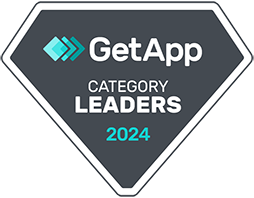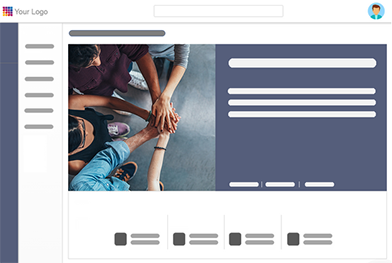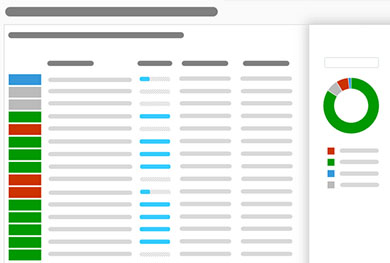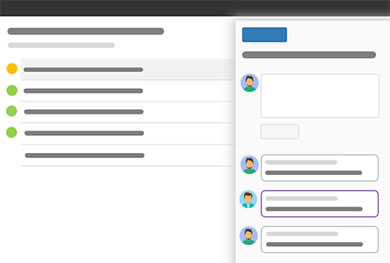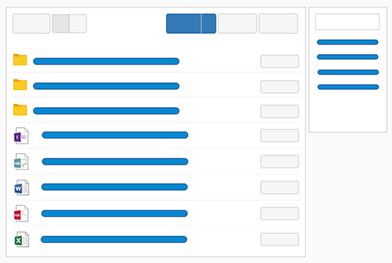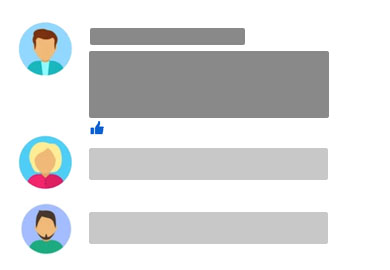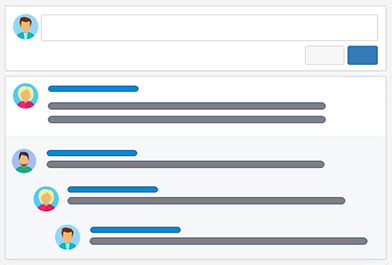Client Portal FAQ
What makes Glasscubes’ client portal different from other portals?
Compared to other client portals for accountants, Glasscubes consistently gets high marks from users for its ease of use. Our software reviews frequently reference the platform’s simple navigation and user-friendliness, as well as our exceptional customer support. We also pack an extraordinary number of features into our software that support simplicity, such as an easy—but still secure—alternative to logging in (when those pesky passwords become elusive) and automated client email reminders.
How does the automated reminder feature work?
The basic option allows you to send up to 10 reminders on a simple schedule, but with advanced options, the sky’s the limit. You can send an unlimited number of reminders with any frequency or on specific days of the year. You can also customize the messages for each reminder, for example, to indicate greater urgency to meet upcoming deadlines.
Is there a limit on the number of information requests in my portal?
Nope, there is no limit on the number of information requests you may send to clients in the portal.
Is there a limit on the size of the files I upload to the portal?
Again, no—file sizes are not constricted.
Is there a limit on the amount of storage in the portal?
Can you guess how we feel about limits? No, there is no limit on how much information you can store in the portal.
How hard is it to get set up on Glasscubes’ client portal?
What else would you expect? It’s super easy to get set up on Glasscubes! There’s no training required, and our team does the “heavy lifting” for you on our onboarding call. On that 30-minute call, we learn about your team composition and workflows, then do the initial configuring so you don’t have to.
We’ll also do a quick run-through of how to make file requests and whatever else you want to know about the portal. Most teams are able to expertly navigate around our portal after this initial call.
How long of a commitment do I have to make to use the accounting portal?
Glasscubes is a subscription-based solution with a 30-day free trial. Try it out within the free trial time frame and determine whether it’s a good fit for your firm. If we’re a good match, you can then opt for either a month-to-month commitment or purchase an annual subscription to lower your yearly cost.
What’s my next step?
We’re glad you asked! Go ahead and schedule a free, quick demo of Glasscubes to see how its features can save your accounting team time and headaches.
START WITH A DEMO
